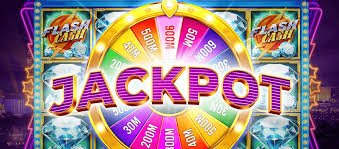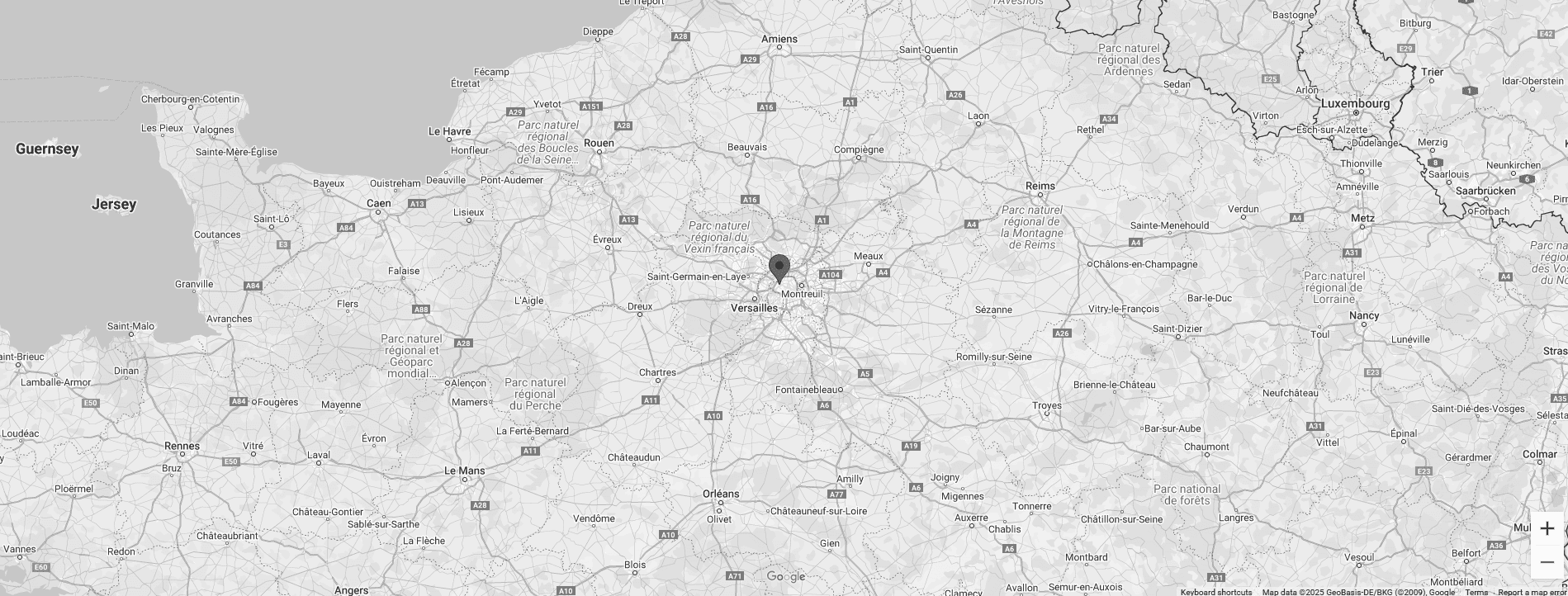The martingale betting strategy has led many gamblers to ruin when the Kelly criterion could have brought them riches
Beneath the glitz of flashing lights and complimentary drinks, casinos operate on a foundation of mathematics designed to gradually siphon money from their guests. Over the years, mathematically savvy individuals have tried to outsmart the system, using probability and game theory to exploit any perceived weaknesses.
One amusing tale dates back to 1986, when the American Physical Society held a conference in Las Vegas. A local newspaper allegedly ran the headline: “Physicists in Town, Lowest Casino Take Ever.” The physicists supposedly knew the ultimate strategy for beating the casino: don’t play.
Despite the justified skepticism surrounding the idea of beating the house, one straightforward betting approach rooted in probability appears, on the surface, to guarantee profit — with a major catch.
Take roulette, for example. Betting on red or black offers an even payout. For simplicity’s sake, let’s assume you have a true 50–50 chance of winning (ignoring the green pockets that give the house an edge). Imagine a table without a maximum bet limit.
The strategy — known as the martingale system — works like this: start with a $1 bet. If you lose, double your bet to $2. If you lose again, double it to $4, and so on: $8, $16, $32… When you finally win, you recover all your losses and make a $1 profit. If you start with a larger initial bet, say $1,000, you’d profit $1,000 instead.
This approach relies on the idea that, eventually, you’re bound to win. The probability of endlessly losing approaches zero as you keep playing. In theory, it seems foolproof. But reality isn’t so accommodating.
The martingale system’s fatal flaw is its reliance on unlimited money. In practice, your bets escalate exponentially. Even with deep pockets, you’ll likely hit the casino’s maximum bet limit before turning a profit. For example, after ten consecutive losses starting with $1, you’d need to wager $1,024 on the next spin — a steep price for a $1 reward. More importantly, most people simply don’t have infinite funds, and bankruptcy comes quickly when bets double relentlessly.
Even if money weren’t an issue, time is another constraint. Statistically, you might eventually win, but “eventually” can take longer than a lifetime. Real-world limitations like solvency and mortality shatter the martingale’s allure.
Interestingly, mathematicians have devised a more effective strategy for situations where the odds tilt slightly in the player’s favor. Imagine betting on a biased coin that lands heads 60 percent of the time. If you start with $25 and either lose your full bet or double it on each toss, how much could you make?
In an experiment with finance students and professionals, many performed poorly despite having an edge. A surprising 28 percent went broke, and two-thirds bet on tails — an irrational choice. On average, players walked away with $91, but researchers calculated that using the optimal strategy could yield over $3 million across 300 flips.
The key lies in balancing risk and reward. Bet too much, and a streak of bad luck wipes you out. Bet too little, and you fail to capitalize on your advantage. The solution? A strategy called the Kelly criterion, devised by Bell Labs scientist John Kelly, Jr. in 1956.
The formula is simple: bet a consistent fraction of your bankroll, calculated as 2p – 1, where p is the probability of winning. For the biased coin (p = 0.6), the formula recommends wagering 20 percent of your money each time. This approach increases your bet when you win and decreases it when you lose, making it tough to go bankrupt.
The Kelly criterion isn’t limited to gambling — it’s a cornerstone of quantitative finance and a favorite among professional blackjack card counters. Still, it’s not without drawbacks. It assumes you accurately know the odds, which isn’t always feasible outside controlled games. Moreover, while the math maximizes long-term wealth, personal risk tolerance matters too. If you’re worth $1 million, betting $200,000 on a single flip might feel reckless, even if it’s mathematically optimal.
So, if you ever find yourself in a situation with a genuine statistical advantage, forget the martingale. The Kelly criterion is a smarter, more sustainable bet.






